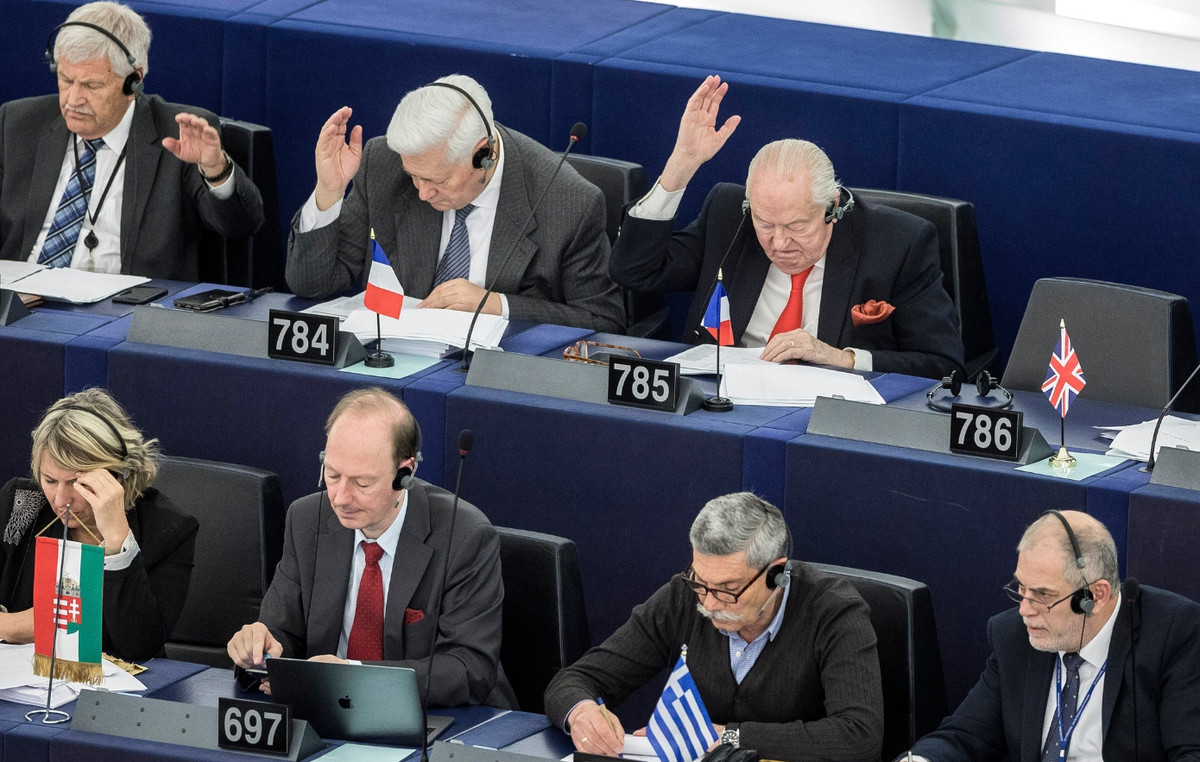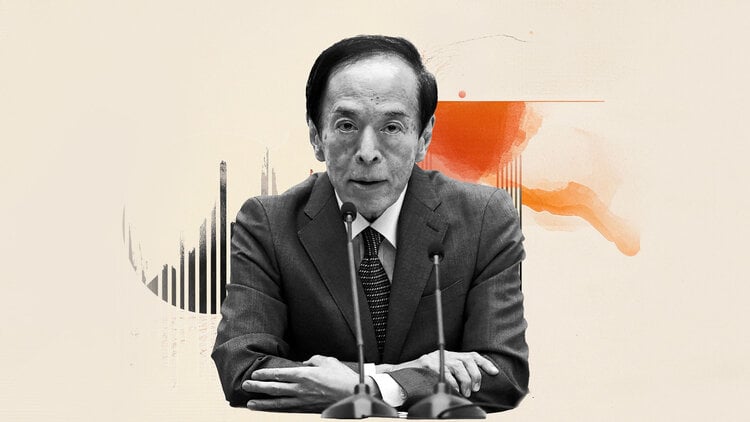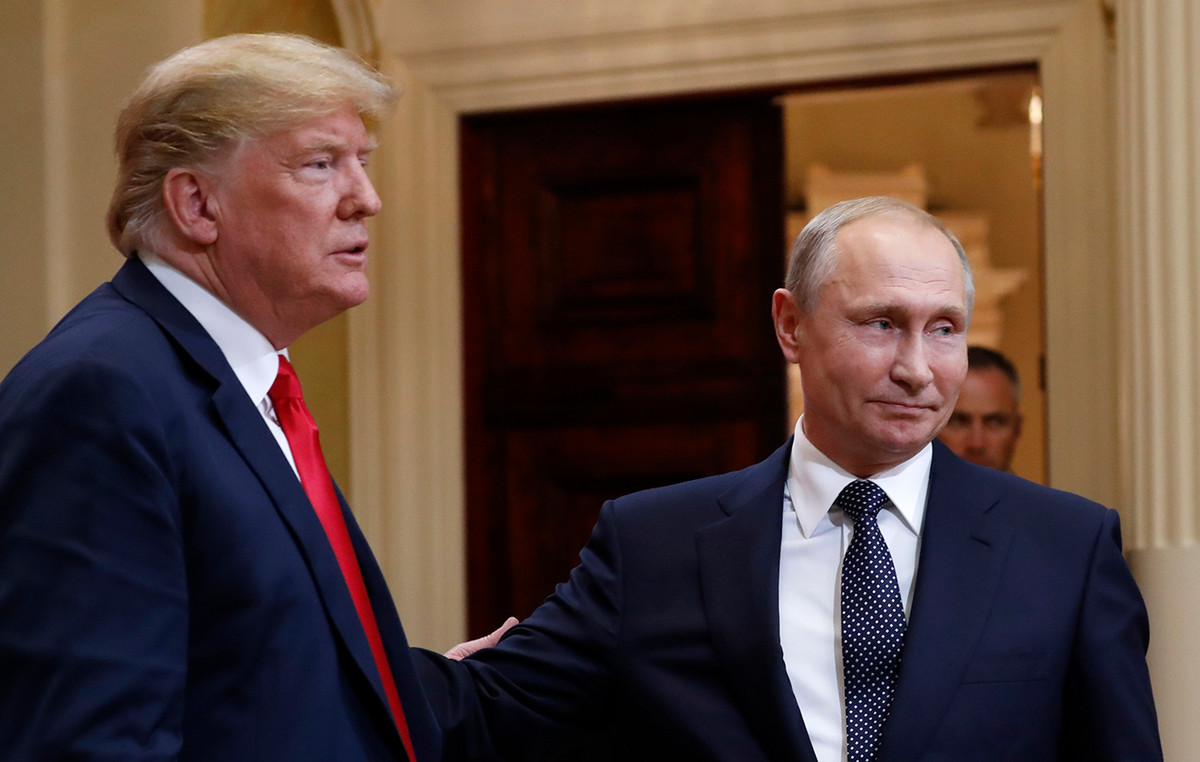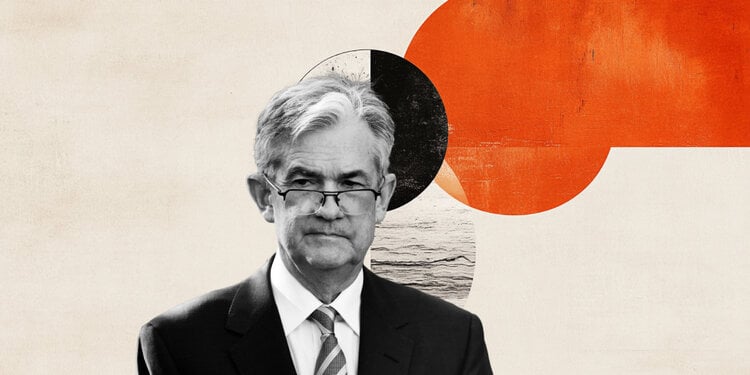Considered an “official inflation preview”, the IPCA-15 (Extended National Consumer Price Index-15), released this Tuesday (25) by the Brazilian Institute of Geography and Statistics (IBGE), interrupted an ongoing deflationary sequence. since August, with a higher-than-expected increase of 0.16%.
According to experts consulted by the CNN Brasil Business inflation reflects a more discreet effect of the reduction in the Tax on the Circulation of Goods and Services (ICMS) on fuels.
“The latest IPCA results were impacted by the deduction in fuel prices, in particular by the 17% ICMS tax rate and by Petrobras’ reductions in gasoline, which weighs the most on the family budget. Until then, fuels were the main anchor to contain inflation”, explains André Braz, coordinator of the Consumer Price Index (CPI) at the Brazilian Institute of Economics at Fundação Getulio Vargas (FGV Ibre).
“Now, however, the effect of cheaper fuel is more discreet, because the collection cycle is already close to ending. This caused the index to have a positive variation.”
Braz’s reading is endorsed by Inter bank’s chief economist, Rafaela Vitoria, who also believes that the effect of tax cuts on electricity rates is waning. In her view, volatile items, such as food and airline tickets, were the surprise of the data, which was expected at 0.1% by the bank.
“Tradables inflation is also falling with deflation in home goods, but still a significant rise in apparel,” she says. The clothing sector, it is worth mentioning, has a specific dynamic as new collections – at higher prices – tend to appear at the turn of the season, in the case of the arrival of spring on September 22.
Services, driven by the 28% rise in airline tickets, are also one of the highlights in the analysis of the experts consulted. “The acceleration in services, such as car repairs and airline tickets, shows that inflation is still on the radar, radiating across all sectors of the economy”, comments Braz.
“Important services are still rising in price. The Selic, at the level it is at, could already present a possibility of discouraging demand, but not even this extremely high interest rate, at 13.75% per year, is holding demand as fast as we would like.”
The data, in this sense, should corroborate for the Monetary Policy Committee, in a meeting next Wednesday, to maintain the Selic rate at the current level, at 13.75% per year.
“The beginning of monetary easing should not yet be indicated at the meeting, considering the fiscal uncertainties with the 2023 Budget indefinite, pending the outcome of the elections”, evaluates Vitoria.
For Felipe Rodrigo de Oliveira, economist at MAG Investimentos, “the result favors an expectation of improvement in the inflationary scenario, although it is not enough to return to the tolerance interval of the BC inflation target”.
The IPCA-15 is considered an “official inflation preview” measured by the IBGE, as it has a different collection period: instead of taking place from the beginning to the end of a month, as is the case with the IPCA, it always starts from the middle of a month. one month to the middle of the other. In October, data were collected from September 15th to the last 13th and had, as a comparative basis, the numbers between August 13th and September 14th.
Source: CNN Brasil
Joe Jameson, a technology journalist with over 2 years of experience, writes for top online news websites. Specializing in the field of technology, Joe provides insights into the latest advancements in the industry. Currently, he contributes to covering the world stock market.







